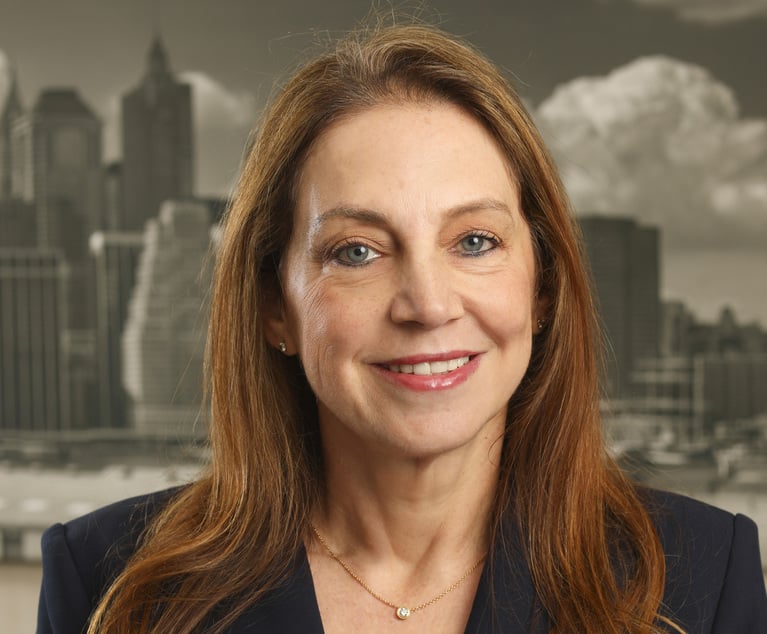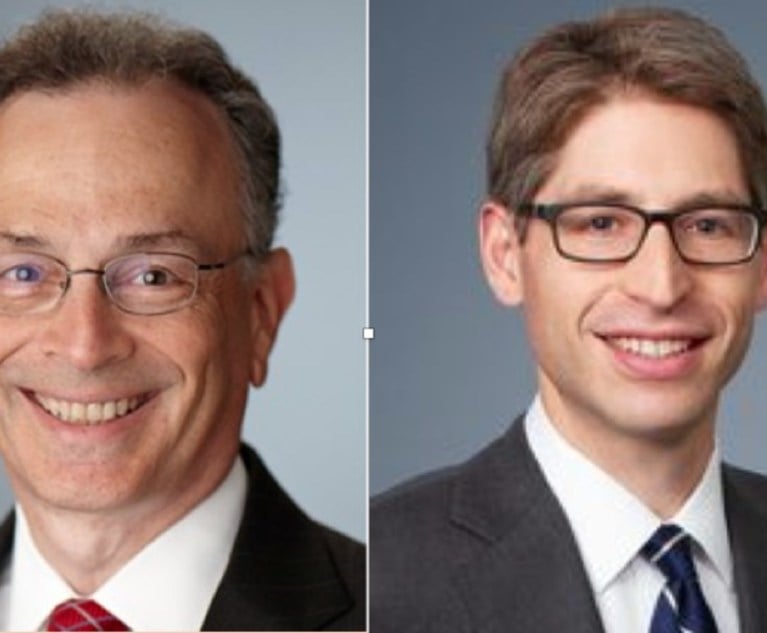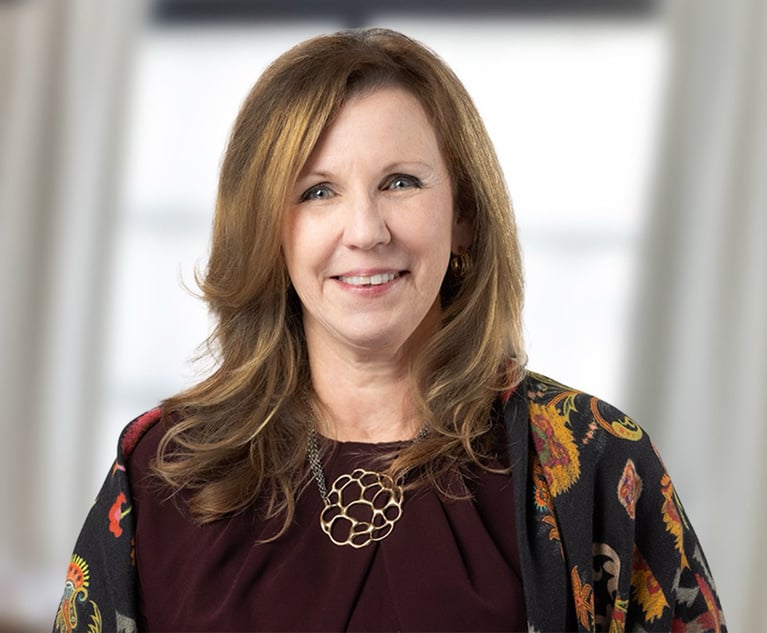The story begins with a decision. The decision is to try to settle a dispute. Lawyers advise their clients to go to mediation for two reasons. First, the case is at an early stage and settlement looks advantageous in light of costly litigation. Second, one or both sides have already spent enough time and money in litigation to know that they want it to end. The decision leads to a chain of predictable events. On the day of the mediation, counsel and parties convene briefly in a joint session. This is followed by separate “caucus” sessions. Each side spends long stretches of the day waiting to hear what the other is offering and how far they will move. The negotiation is binary. Resolution is driven by assessment of continued cost and a subjective risk analysis of the case. In this format, there is no resolution to either the underlying conflict or the legal conflict. Rather, the question is whether one side has offered enough money for the other side to drop their claims. Often, resolution is made without real opportunity for parties to take advantage of mediation’s strongest attribute—self-determination.
What if this story read differently? New York’s Med-NJ Program (Mediation Non-Jury) is trying to answer this question. The Med-NJ Program, composed of one mediator and law student interns, is housed in New York County guided by Deputy Chief Administrative Judge for the City of New York, Deborah Kaplan. Med-NJ accepts multi-party commercial and construction matters, co-op/condo disputes and matrimonial cases, along with any other civil litigation. The Med-NJ Program operates with a mission statement of a sort—R.A.I.S.E. to a higher ground. The acronym stands for Recognition, Active listening and Acknowledgement, Insight, Solutions and End with Agreement. Although lofty, in practice these words are the operating instructions for how mediations at Med-NJ are conducted. The words represent the milestones counsel and parties need to reach, however briefly, to find a resolution through self-determination.


 Credit: Shawn Hempel/Shutterstock.com
Credit: Shawn Hempel/Shutterstock.com




